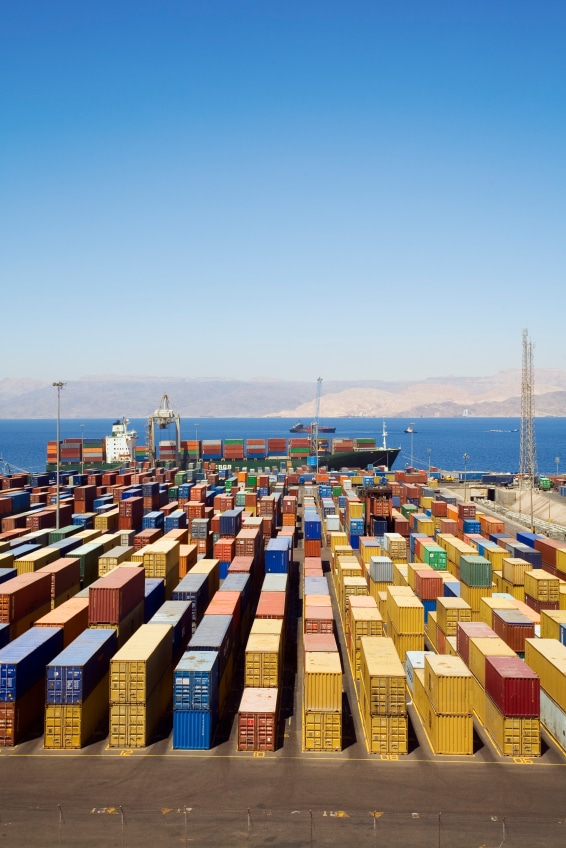Most importers and exporters have heard the term “free time.” At least they know they’ve paid for container free time, also known as demurrage and detention. In freight forwarding its important to not just understand but also manage container free time. Here’s some detailed information about what the terminology means and how to manage those potential extra costs.
 Demurrage is billed by the steamship line, but it is paid to the port terminal or inland rail container yard. It is the storage fee for keeping the container at the facility longer than the free days allowed by the facility. There is not a set amount of free days from port to port. Free days range from three calendar days at Chicago ramps to four free days at New York port to seven at the Port of Savannah. Demurrage is intended to force importers to get the containers out of the terminal or container yard quickly to avoid congestion.
Demurrage is billed by the steamship line, but it is paid to the port terminal or inland rail container yard. It is the storage fee for keeping the container at the facility longer than the free days allowed by the facility. There is not a set amount of free days from port to port. Free days range from three calendar days at Chicago ramps to four free days at New York port to seven at the Port of Savannah. Demurrage is intended to force importers to get the containers out of the terminal or container yard quickly to avoid congestion.
Detention is paid to the steamship line. It’s the cost of “daily rental” of the container by the steamship line when free time expires. Some steamship lines provide seven free days, while others offer longer terms depending on the customer. Detention is intended to push importers to unload and return the containers back to the steamship lines in a timely manner, so containersd can be placed back in the system.
How to manage the potential costs
We advise importers and exporters to drill down to the specifics of their international supply chains to understand what terminals or container yards they are moving containers into and how quickly they must act to avoid demurrage and detention. The biggest challenge to avoid demurrage is advance notification to your trucker.
Most truckers will track the containers on the rail, so they know when your container will arrive at the inland rail ramp. They organize drivers around container availablility and try to pull them out for delivery before the last free day (LFD). This takes organization and communication between the trucker and receiving facility. It doesn’t do any good if the trucker gets the container before the LFD, but can’t deliver because the receiving facility can’t take the delivery. The container goes to the trucker’s yard and starts accumulating storage.
Detention is a little easier to manage as long as you take delivery with the carrier’s free days, which is usually seven days. High-volume importers also may negotiate a few more free days with the carrier, if required.
Another option for managing demurrage and detention is to work with different carriers providing different transit times, going into different ramps. A higher-volume importer might move 60 percent of their imports into one ramp in Chicago and 40 percent into another ramp. Trains arrive on different days making it easier to manage taking deliveries from two ramps with different arrival days.
Talk with you international service provider about demurrage and detention to make sure you are managing your deliveries from the container yards and have a plan to avoid paying carrier “free time” as much as possible. Remember free time is free up to a certain day. Know and understand where and how your cargo is moving to manage potential added costs.
